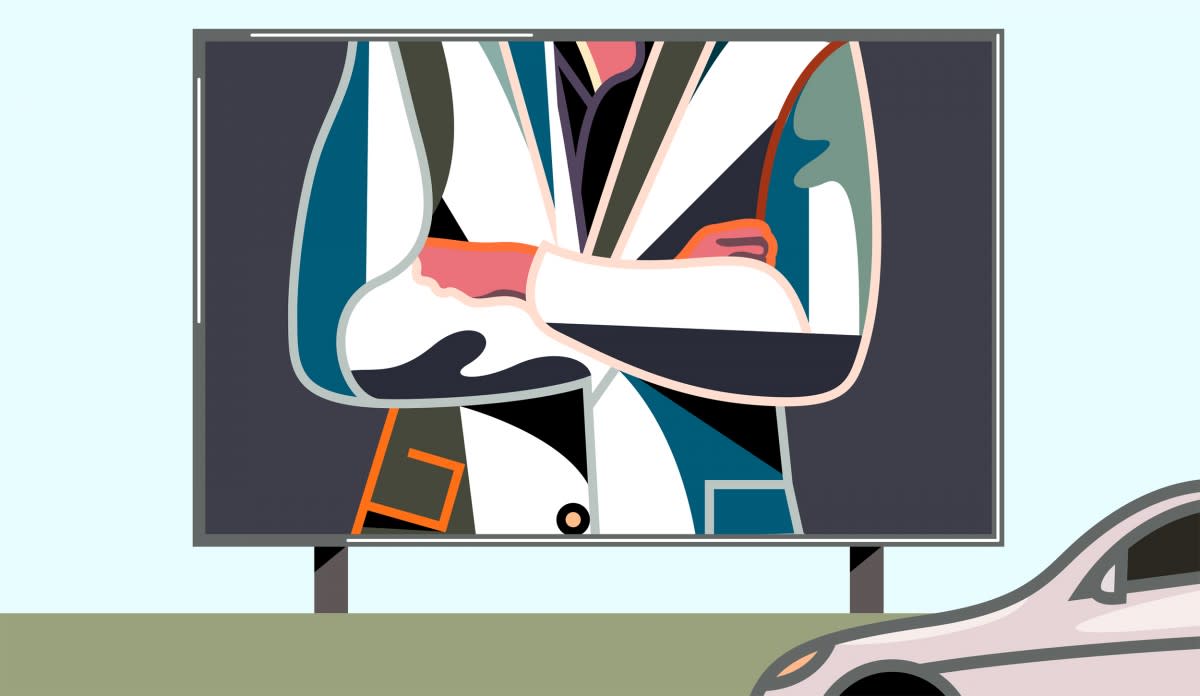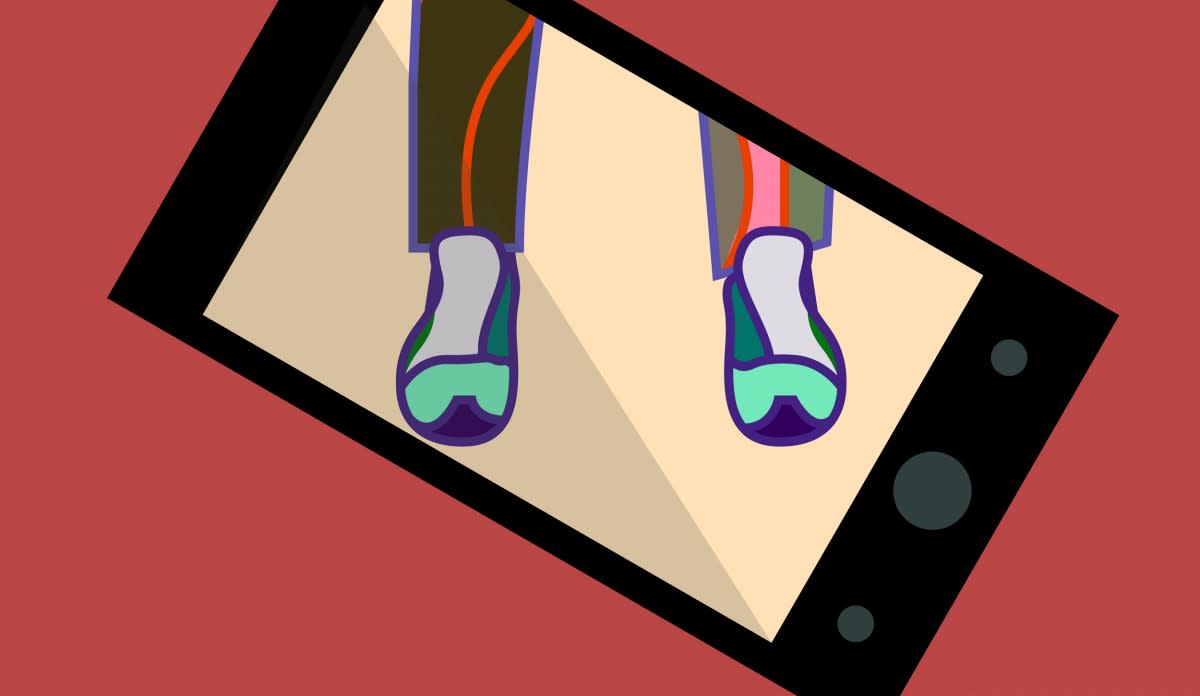The Value of Creativity in an Economy of Purpose

The World Economic Forum recently published a report on what they see as the top ten most relevant skills for the world’s future job market. Of the Top Ten skills needed in 2015, ‘Creativity’ ranked number ten. Of the Top Ten skills needed in 2020, Creativity shot up the ranking to number three. Ahead of it were ‘Coordinating with Others’ at number two, and ‘Complex Problem Solving’ at number one.
As a creative person, when I saw this I felt like a football supporter who’s team just catapulted up the leaderboard. The 2020 creativity season is looking strong. The World Economic Forum looks at creativity in a broad sense and in relevance to the growth of technology, but I think it’s an exciting reflection of where the creative industry is heading at large – that solving problems with creativity has never been more relevant in society as a whole. The world needs lateral thinking, communication that changes behaviour and harnesses the power of technology more than ever before.
I work in creative advertising and I’ve always felt pretty lucky to be able to use my imagination to solve problems on behalf of brands, organisations and communities. But as a creative industry, advertising has changed to the extent that the word ‘advertising’ doesn’t even feel like the best description of what the leading companies in the industry do anymore. The reason is pretty simple, which is: advertising has become about so much more than creating ads.
Over the past decade the world of brands and marketing have been disrupted for the better. With new technologies have come infinite and clearly exciting new ways for people to connect, so there’s been a big shift – rather than brands using advertising to basically disrupt content with a message, the smartest brands today are creating ideas that people actually care about, want to seek out or be a part of. Ideas that transcend just advertising something to become part of a larger cultural conversation, and in the best cases, genuinely benefit society and communities.
"Solving problems with creativity has never been more relevant in society as a whole."
Michael Canning
Unfortunately, that’s not to say there aren’t brands out there that still just make very average advertising. Every country around the world seems to have its own armpit of brands that churn out the same old lazy marketing. But what I find inspiring is that these are definitely not the brands making the most significant impact in the world today, and certainly won’t be in the future.
In the league of brands leading the world of marketing forward, I think they have one major value in common – a human purpose. Their purpose isn’t to only grow a bottom line, but to create ideas that give people and communities something of value, improve society or at the risk of sounding like a line from ‘Silicon Valley’, “make the world a better place”. I’m in the optimist camp and I think brands actually do have the power to do that when it’s done right, and business can be a real agent for change.
From my personal experience of working with brands to help build a human purpose, there are a few observations I’ve noticed that I think make this the most exciting time yet for creativity.

1. Why will anyone care?
This is the most important question to ask of any idea that’s designed to build a brand or solve a problem today. Why will anyone actually give a damn about it? If it doesn’t give people value, entertain, get people talking and acting (ideally all of the above), then it will most likely be ignored. When you believe hand on heart that an idea will make people feel something and they’ll genuinely care about it, then I’ve found it often has a way of creating a larger cultural conversation. I get super inspired when I see brands launch ideas that take on a life of their own because they strike a chord with people and build on something that is important to them.
This is the most important question to ask of any idea that’s designed to build a brand or solve a problem today. Why will anyone actually give a damn about it? If it doesn’t give people value, entertain, get people talking and acting (ideally all of the above), then it will most likely be ignored. When you believe hand on heart that an idea will make people feel something and they’ll genuinely care about it, then I’ve found it often has a way of creating a larger cultural conversation. I get super inspired when I see brands launch ideas that take on a life of their own because they strike a chord with people and build on something that is important to them.
2. Merging brand purpose and social good
Traditionally in marketing there wasn’t a lot of cross over between the ambitions of growth and doing good in society. Overall these have existed as two separate missions. But what I think is one of the most exciting areas of marketing emerging today is where brands are investing in creating ideas that build their business through the very act of doing good in society. One of my favorite companies is Patagonia, which as an Australian who lived in New York for several years, basically kept me alive during the winter months. But beyond the quality of their products they are a brand that have an authentic human purpose woven into their DNA. From initiatives like ‘Worn Wear’, helping the environment or ethical and sustainable production, people don’t just buy into Patagonia as a brand but as a set of values and way of doing things. Another example that made big cultural headlines recently was for the P&G brand ‘Always’, who reinvented what it meant to do things ‘#Like a Girl’. As a champion of giving young women confidence, I liked how this idea struck a chord with people in a way that built on their purpose while creating a positive conversation for young women around the world.
Traditionally in marketing there wasn’t a lot of cross over between the ambitions of growth and doing good in society. Overall these have existed as two separate missions. But what I think is one of the most exciting areas of marketing emerging today is where brands are investing in creating ideas that build their business through the very act of doing good in society. One of my favorite companies is Patagonia, which as an Australian who lived in New York for several years, basically kept me alive during the winter months. But beyond the quality of their products they are a brand that have an authentic human purpose woven into their DNA. From initiatives like ‘Worn Wear’, helping the environment or ethical and sustainable production, people don’t just buy into Patagonia as a brand but as a set of values and way of doing things. Another example that made big cultural headlines recently was for the P&G brand ‘Always’, who reinvented what it meant to do things ‘#Like a Girl’. As a champion of giving young women confidence, I liked how this idea struck a chord with people in a way that built on their purpose while creating a positive conversation for young women around the world.
"If it doesn’t give people value, entertain, get people talking and acting (ideally all of the above), then it will most likely be ignored."
Michael Canning
3. Inventions and Intellectual Property
When you set out with a goal to create ideas that people care about, it often has a way of leading to ‘things’. Tangible platforms, products and events that people can use and engage with. It’s not to say that a simple film or piece of communication couldn’t achieve a marketing goal on its own, but when a thing is the right solution, it’s exciting that it can be evolved and grown over time. As an example, at M&C Saatchi Australia we work with Optus which is one of Australia’s largest telecommunications networks. With the goal to promote the reach of the Optus network, the team invented a new product called the ‘Clever Buoy’, which is the world’s first shark detecting buoy. It can detect sharks swimming close to beaches and alert lifeguards of their presence – which goes without saying is something that any Australian values. It’s also far more environmentally friendly than traditional shark preventions methods like nets at beaches, which can harm marine life. In partnership with Optus and Marine technology firm ‘Shark Mitigation Systems’, the Australian Government just committed to five years investment to help roll the Clever Buoy out at beaches around Australia. This is another exciting space for creative companies to be moving towards as partners in products that can build equity for a brand but also positive value for communities and society over time.
There has been a lot of change in the world of brands and advertising over the last decade, and there’s no doubt that today, change is really the only constant. It’s what I find intimidating but also so exciting about where the creative industry is heading, and how the role of creativity to solve business problems and help communities has never been more relevant. I’m rooting for Creativity as number one on the Top Ten skills list in 2025.

Illustrations by Magnus Voll Mathiassen